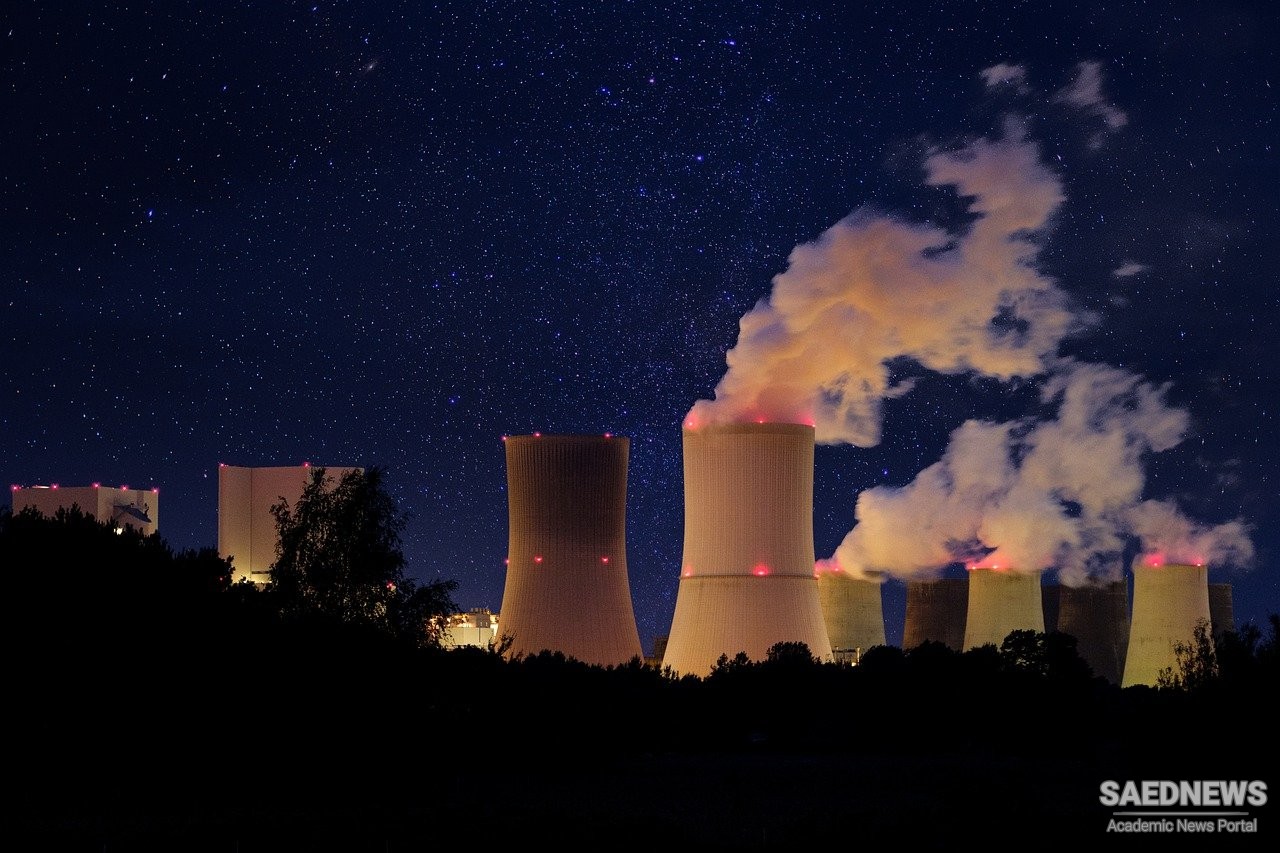Equation 4.5 describes a generic nuclear reaction in which the symbols a and b represent two initial nuclei or nucleons that react with each other, while c and d represent the two product nuclei or nucleons that result from the reaction.
a + b → c + d
Scientists sometimes find it helpful to use the following convention in describing such basic nuclear reactions. They choose a as the target particle (or nuclide) and generally assume that a is at rest with respect to the bombarding particle (or nuclide) b. Following interaction, equation 4.5 yields two product particles, c and d. In some cases, c turns out to be a very energetic gamma ray. Scientists sometimes write equation 4.5 in nuclear science shorthand: a(b, c)d.
An example will help clarify how scientists use this nuclear reaction nomenclature. Consider the important nuclear reaction that can take place when nitrogen-14 (14 7N) interacts with a neutron (1 0n) created in Earth’s atmosphere by the arrival of a very energetic cosmic ray particle. Since the neutron carries no electrical charge, we assign a zero for the charge subscript (see Figure 4.5 for a description of nuclide notation):
14 7N + 1 0n → 14 6C + 1 1p
Equation 4.6 is the nuclear reaction equation that describes the formation of the radioisotope carbon-14 by neutron bombardment of nitrogen. We will discuss the importance of naturally formed carbon-14 and its role in radiocarbon dating later in this chapter. In abbreviated form, the reaction shown in equation 4.6 becomes
14N (n, p) 14C
where the symbol n refers to the incident neutron and p refers to the proton that emerges as a product of the reaction. For convenience, nuclear scientists frequently omit using certain subscripts or superscripts—but only when the meaning is obvious and not confusing.
The reaction between a high-energy nuclear particle and a target nucleus often requires a complicated theoretical treatment to explain what is actually taking place as certain product particles form. However, we can use four fundamental laws, or rules, to develop a basic appreciation of nuclear reaction physics. These laws provide us a simple, yet acceptable, way to model the complicated processes involved when a very short-lived (about 10−14 second) compound nucleus forms as an intermediate step during a nuclear reaction event. The first nuclear reaction rule is the conservation of nucleons. This physical law states that the total number of nucleons before and after a nuclear reaction is the same. The second rule is the conservation of charge. This law states that the sum of the charges on all the particles (nuclei and/or nucleons) before and after a nuclear reaction takes place remains the same. The third rule is the conservation of momentum. This law states that the total momentum of the interacting particles before and after a reaction remains the same. Finally, the fourth rule is the conservation of energy. This law states that the total energy, including the rest mass equivalent energy, is conserved during a nuclear reaction.


 Nuclear Binding Energy
Nuclear Binding Energy














































